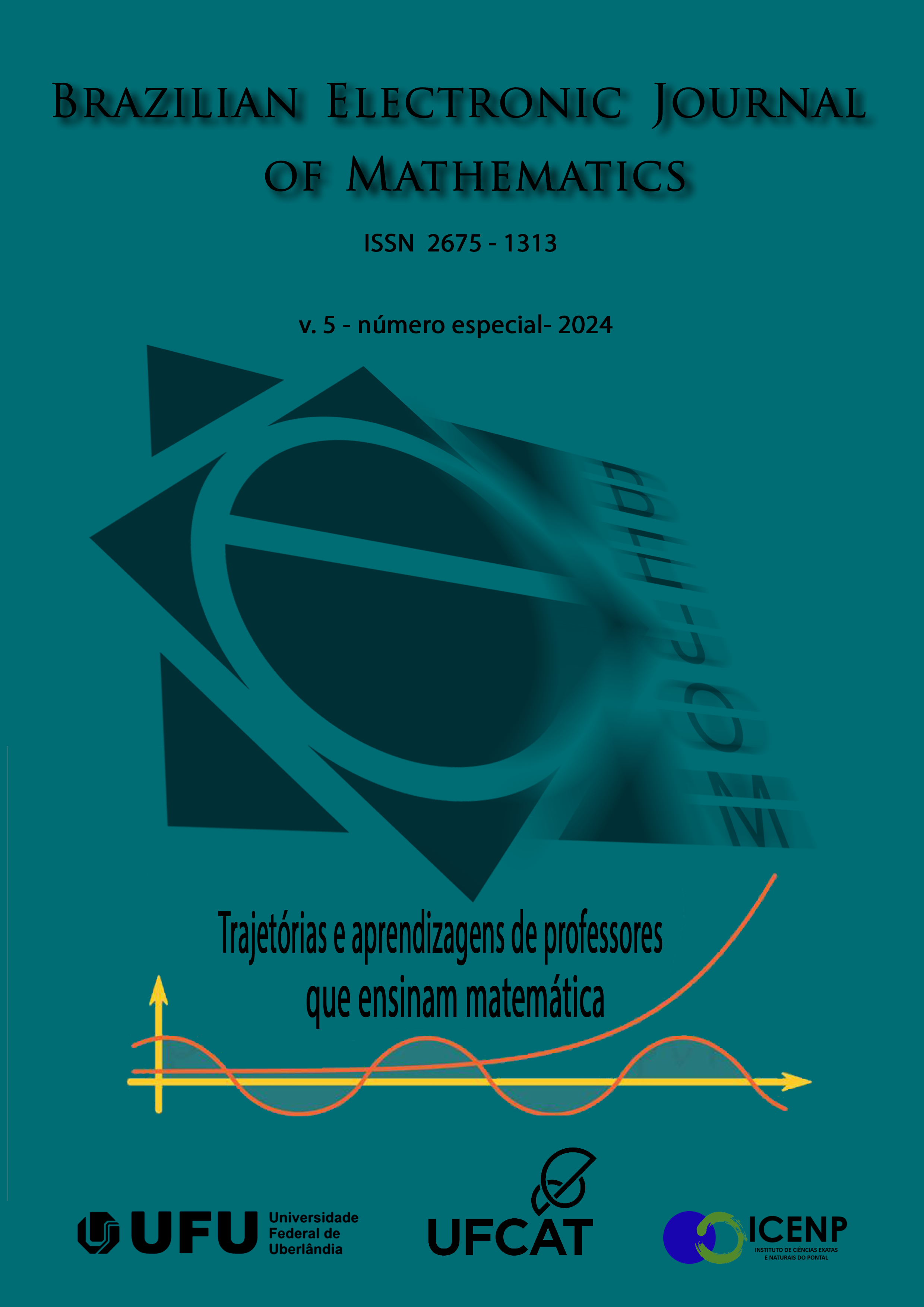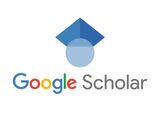Abordando a diversidade no ensino de matemática: o Desenho Universal para a Aprendizagem como uma possibilidade de promover o acesso ao currículo
DOI:
https://doi.org/10.14393/BEJOM-v5-2024-71820Palavras-chave:
Desenho Universal para Aprendizagem, matemática, inclusão, deficiente visual, formação de professoresResumo
Este artigo apresenta uma sequência de atividades com base no Desenho Universal para a Aprendizagem (DUA), desenvolvida durante um curso de extensão do Projeto Fundão, da Universidade Federal do Rio de Janeiro (UFRJ). O curso, conduzido pelo subgrupo Ensino de Matemática para Alunos com Deficiência Visual e Auditiva, teve como foco a inclusão desses alunos em salas de aula regulares. A atividade sugeriu a elaboração de uma aula envolvendo pelo menos um aluno com deficiência visual ou auditiva no contexto do ensino regular. Buscando promover uma aprendizagem inclusiva, temos como objetivo propor uma sequência de atividades baseada no DUA, a partir de uma dada situação-problema, a ser resolvida por uma turma de 4º ano do ensino regular, e que contemple um aluno com deficiência visual. A abordagem do DUA visa criar um ambiente educacional que elimine barreiras de aprendizagem, valorizando cada aluno, independentemente de suas necessidades individuais. O DUA promove a acessibilidade ao currículo e uma educação inclusiva, reconhecendo a diversidade de estilos de aprendizagem. Ao planejar uma sequência de atividades baseada no DUA, o enfoque não se limita à deficiência do aluno, mas considera sua singularidade. A expectativa é que, ao atender às necessidades individuais e diversificadas dos estudantes, seja possível contribuir para aprendizagem e promover uma experiência educacional inclusiva e enriquecedora. Essa abordagem beneficia todos os alunos com deficiência, ou não, possibilitando promover e respeito às diferenças e preparando os alunos para um mundo mais inclusivo. O artigo destaca a importância de incorporar o DUA como estratégia educacional inclusiva, demonstrada por uma sequência de atividades como exemplo prático de sua aplicabilidade.
Downloads
Referências
BRASIL. Base Nacional Comum Curricular. Brasília: Ministério da Educação, 2018.
CAMPOS, S. G. V. B. Trabalho de projetos no processo de ensinar e aprender estatística na universidade. Uberlândia: Universidade Federal de Uberlândia, 2007.
GAY, M. R. G. Buriti mais - Matemática: manual do professor. 2 ed. São Paulo: Moderna, 2021. V. 4º Ano: Ensino Fundamental: Anos Iniciais.
GÓES, A. R. T.; DA COSTA, P. K. A. Desenho universal e desenho universal para aprendizagem: fundamentos, práticas e propostas para Educação Inclusiva. São Carlos: Pedro & João Editores, 2022. v. 1.
GROSSI, E. P. Teoria dos campos conceituais para a escola e para a vida: também se aprende a amar. Urubici: Cinco Continentes Editora, 2022.
HEREDERO, E. S. Diretrizes para o Desenho Universal para a Aprendizagem (DUA). Revista Brasileira de Educação Especial, v. 26, 1 out. 2020.
PLETSCH, M. D. et al. Acessibilidade e Desenho Universal na Aprendizagem. Campos dos Goytacazes (RJ): Encontrografia, 2021.
SANTOS, L. J. D. Cartografia tátil: inclusão dentro e fora da escola. Cuiabá: Universidade Federal de Mato Grosso, Instituto de Ciências Humanas e Sociais, 2021.
SMOLE, K. S.; DINIZ, M. I. Materiais manipulados para o ensino das quatro operações básicas. Porto Alegre: Penso, 2016. v. 2.
XAVIER, T. M. A. M.; SANTIAGO, Z. M. A. O soroban como instrumento de aprendizado na formação de professores do ensino básico. In: Congresso Nacional de Pesquisa em Ensino de Ciências, 4., 2019, Campina Grande. Anais [...]. [S.I.]. Disponível em: https://editorarealize.com.br/artigo/visualizar/57048. Acesso em: 15 dez. 2023.
ZERBATO, A. P.; MENDES, E. G. Desenho universal para a aprendizagem como estratégia de inclusão escolar. Educação Unisinos, v. 22, n. 2, 23 maio 2018.
Downloads
Publicado
Edição
Seção
Licença
Copyright (c) 2024 Magno de Alcântara Leite, Mario Donizete Rodrigues de Oliveira, Sandra Gonçalves Vilas Bôas

Este trabalho está licenciado sob uma licença Creative Commons Attribution-NonCommercial 4.0 International License.
- Os artigos publicados a partir de 2025 são licenciados sob a versão CCBY-4.0. Ao enviar o material para publicação, os autores estarão automaticamente, concordando com as diretrizes editoriais do periódico e assumindo que o texto foi devidamente revisado. A submissão simultânea de artigos a outras revistas é proibida, e, é também proibida a tradução de artigos publicados no periódico para outro idioma sem a devida autorização.
- Os artigos publicados em anos anteriores a 2025 são licenciados sob a versão CC BY-NC 4.0.









